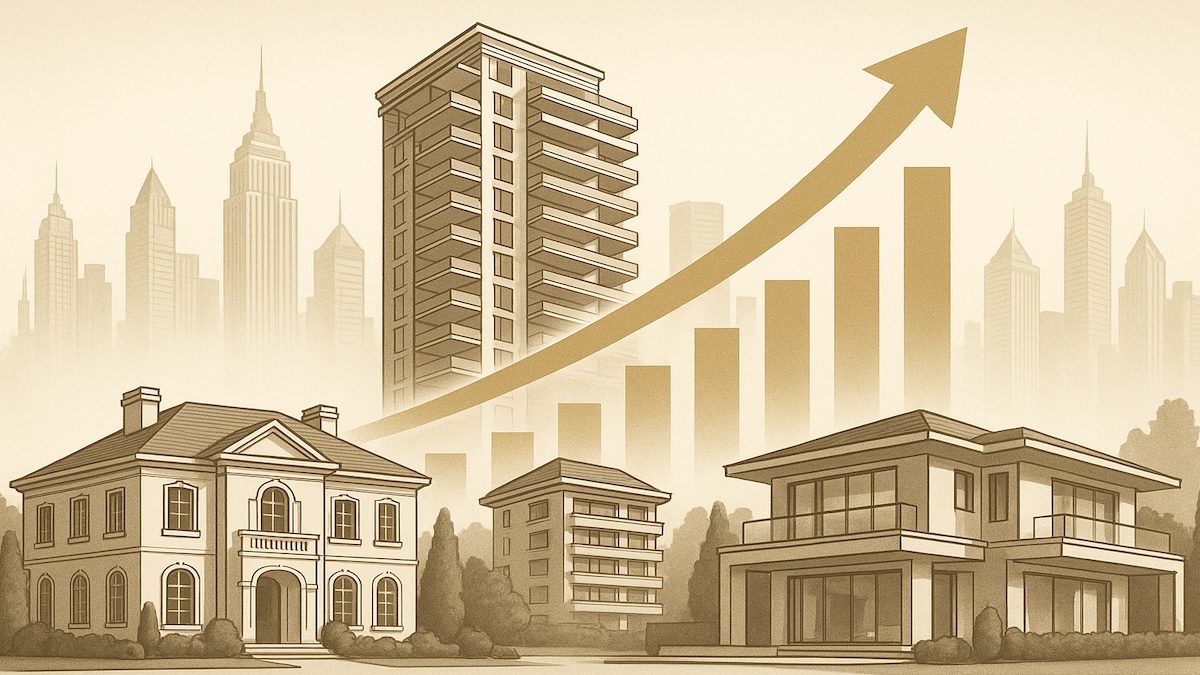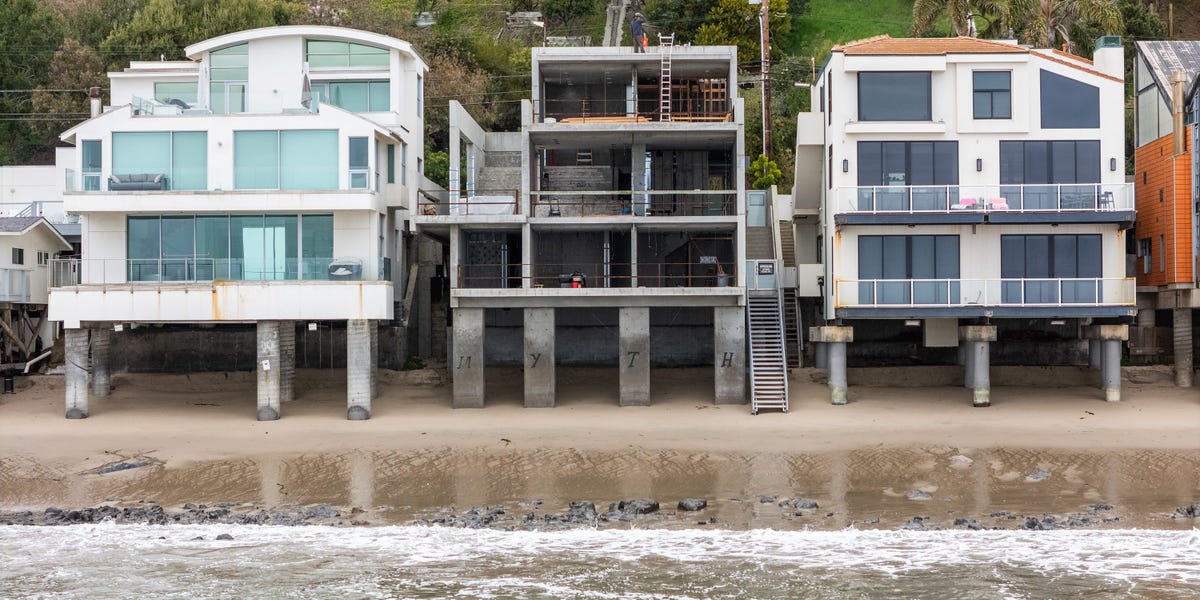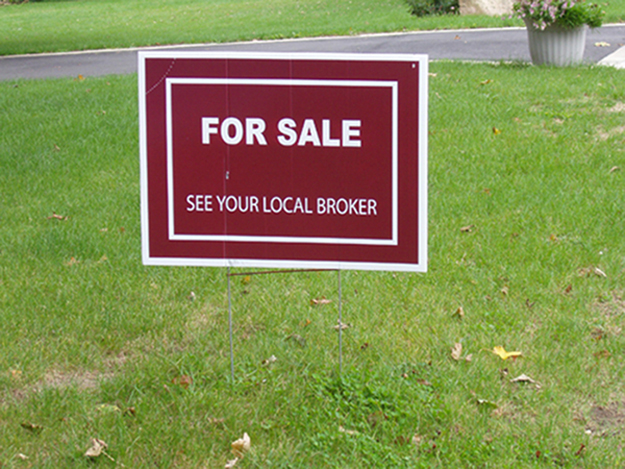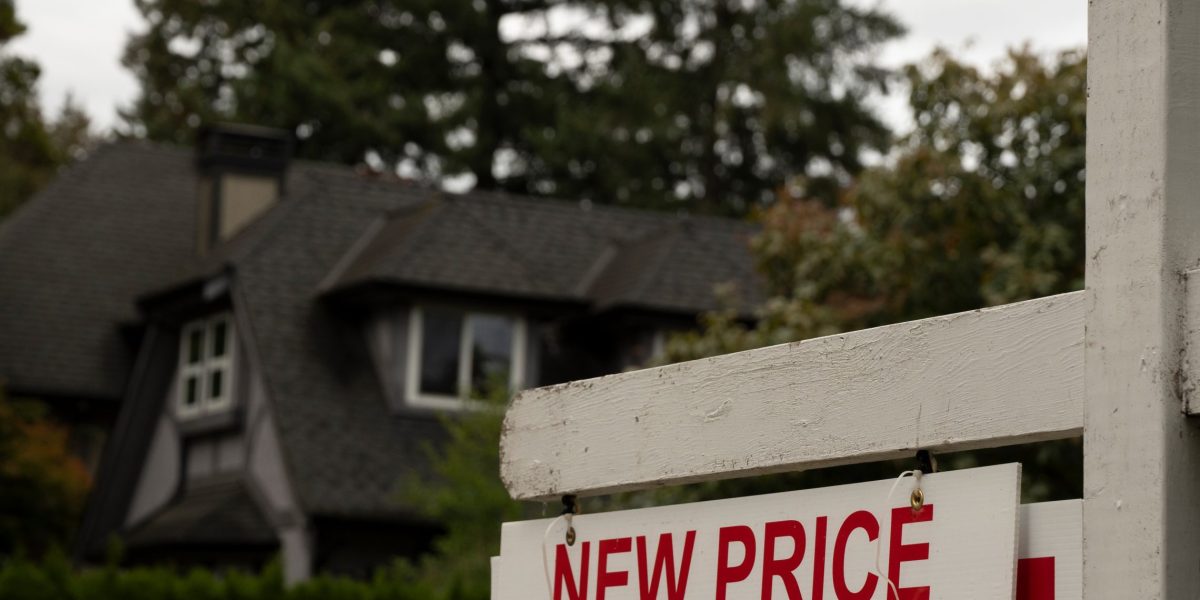L
uxury housing in the United States is on an upward trajectory even as the broader market wrestles with high mortgage rates and affordability concerns. A fresh Mordor Intelligence study forecasts that the high‑end residential sector will surpass $338 billion by 2030, climbing from roughly $289 billion today.
While the West contributed about one‑third of luxury revenue last year, the Southeast—Florida, Georgia, and the Carolinas—stands out as the fastest‑growing region through 2030. Its allure stems from low taxes, a warm climate, and premium amenities.
Realtor.com’s senior economist, Anthony Smith, notes that the projection reflects long‑term patterns. “After a pandemic‑era boom in million‑plus listings that began in 2020 and peaked in early 2022, growth has slowed, suggesting the next five years will see steadier, sustainable expansion rather than the sharp gains of the early decade,” he said.
Cash buyers dominate the market. In the first half of 2025, about one‑third of U.S. home purchases were all‑cash, according to Realtor.com data. The cash share rises with price: roughly 50 % of sales between $2 million and $5 million and over 65 % between $5 million and $10 million were cash transactions. Miami‑based agent Ana Bozovic observes, “The higher the price or price per square foot, the more all‑cash the market becomes.”
Wealth transfer is fueling demand. The UBS Global Wealth Report 2024 estimates that Americans holding more than $1 million in investable assets control $83.5 trillion—much of it concentrated in older generations. Mordor Intelligence highlights that this shift is enlarging the buyer base, especially heirs in their 40s. Bozovic adds, “Luxury real estate functions like a family trust; it’s where wealth resides.”
Supply constraints in high‑end ZIP codes—exacerbated by owners locked into sub‑4 % mortgage rates during the pandemic—have tightened inventory. The resulting scarcity has redirected buyers toward new developments featuring smart‑home technology and advanced air‑filtration systems. In 2024, apartments and condos accounted for 58 % of luxury spending, offering urban convenience. Yet demand for larger estates is on the rise, with a projected 3.29 % annual growth rate through 2030.














